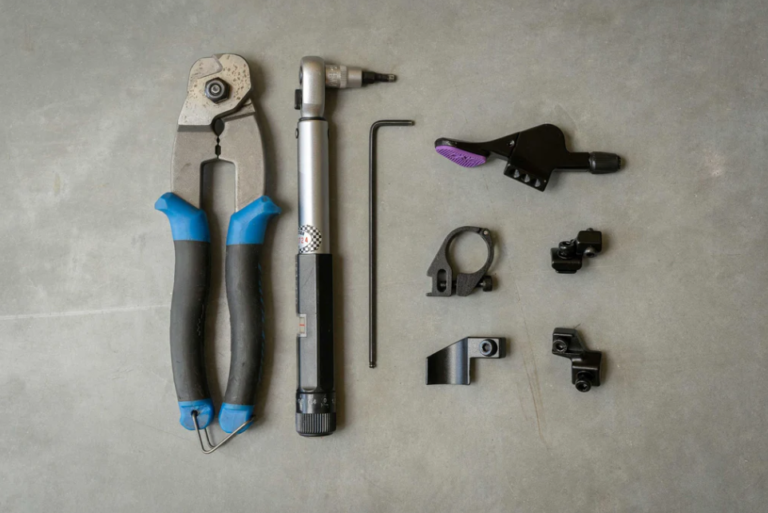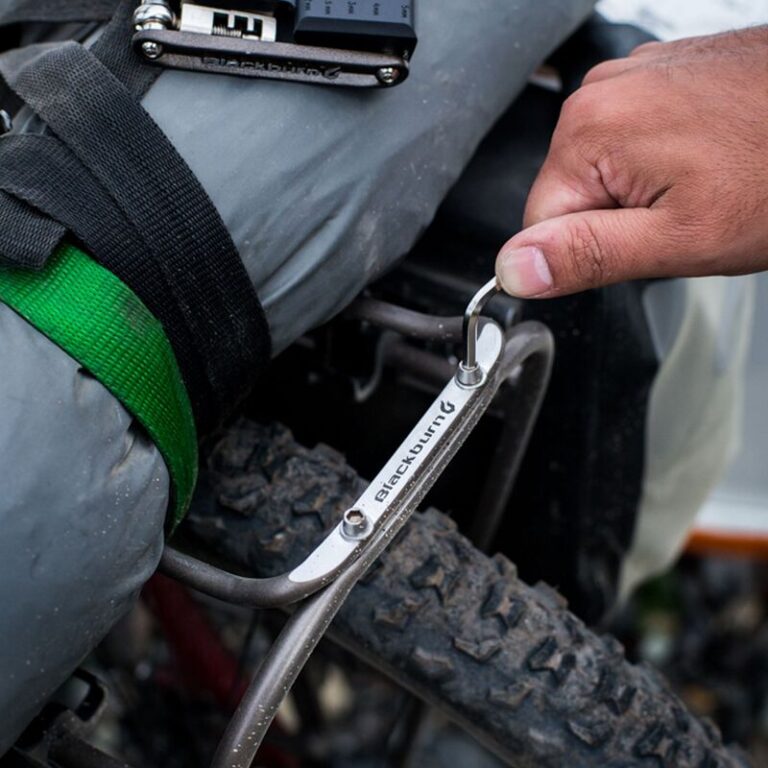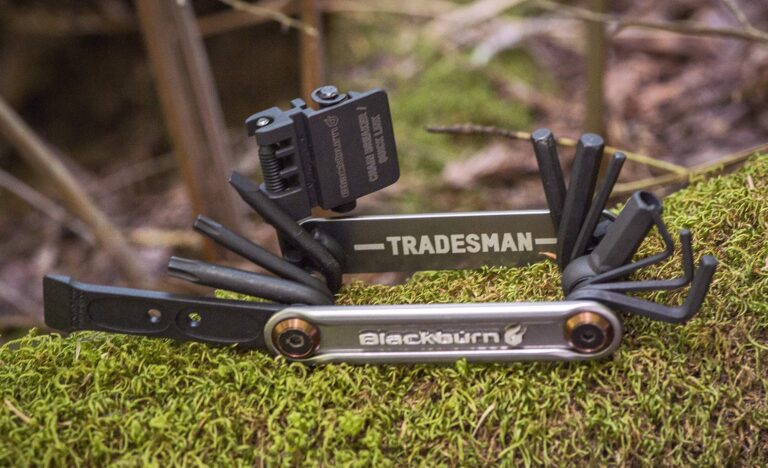The Evolution of Bike Multitools: The Evolution of Bike Multitools Over Time
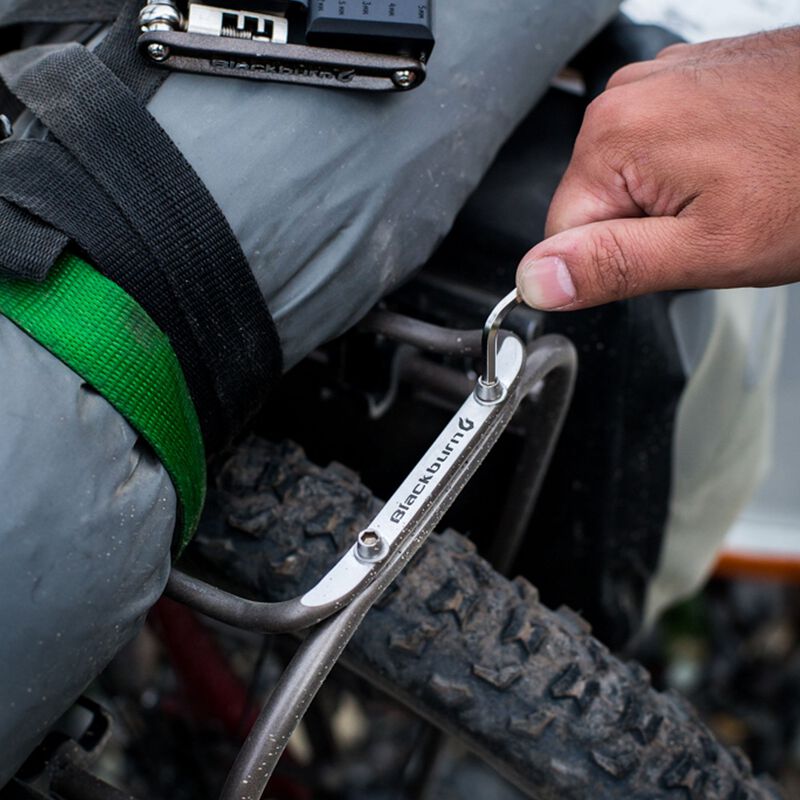
Key Point Summary of The Evolution of Bike Multitools Over Time:
- Origins and History: Tracing the multitool’s roots from basic wrench sets to the first cycling-specific designs.
- Technological Advancements: Highlighting key innovations that have improved functionality and usability.
- Material and Design Evolution: Exploring how materials and design philosophies have changed to enhance durability and reduce weight.
- Future Trends: Speculating on future advancements in bike multitool technology.
Throughout my years of cycling, from tearing through rugged mountain paths, cruising on endless gravel roads, to navigating the tight turns of cyclocross races, one piece of gear has remained a constant companion—my bike multitool. This compact, versatile gadget has evolved significantly over time, transforming from simple, basic tools into sophisticated, high-tech devices designed to tackle almost any mechanical issue on the road or trail. This article explores the evolution of bike multitools, reflecting on their history, technological advancements, and how they’ve become an indispensable part of a cyclist’s kit.
Origins and History
The concept of a multitool is far from new, with early versions dating back to Roman times. However, the adaptation of the multitool for cycling purposes began in earnest in the late 20th century. Early bike tools were simple and often cumbersome, typically carried in a saddle bag rather than a pocket. The first cycling-specific multitools were revolutionary, offering cyclists a way to carry a single device that could perform multiple repair tasks.
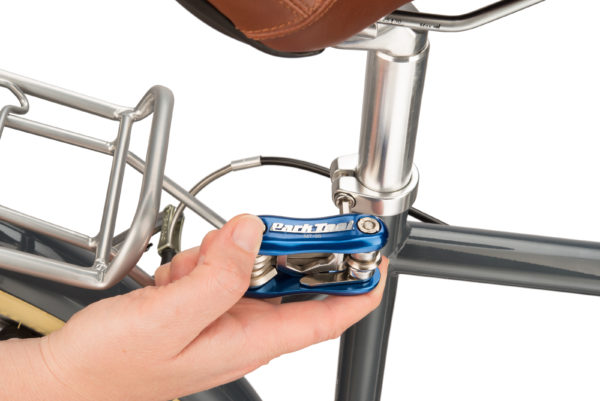
Technological Advancements
Over the years, technological advancements have dramatically expanded the functionality and convenience of bike multitools. Innovations such as integrated chain tools spoke wrenches, and tire levers have made multitools more comprehensive, allowing cyclists to address a broader range of mechanical issues without carrying additional tools. Furthermore, the introduction of precision manufacturing techniques has enhanced the quality and reliability of these tools.
Material and Design Evolution
Material science has played a significant role in the evolution of bike multitools. Early tools were often made from steel, which, while durable, added significant weight. Today, materials like lightweight alloys, titanium, and even carbon fiber are used to reduce weight without sacrificing strength. Design philosophies have also shifted, with a greater emphasis on ergonomics and compactness, ensuring tools are both comfortable to use and easy to carry.
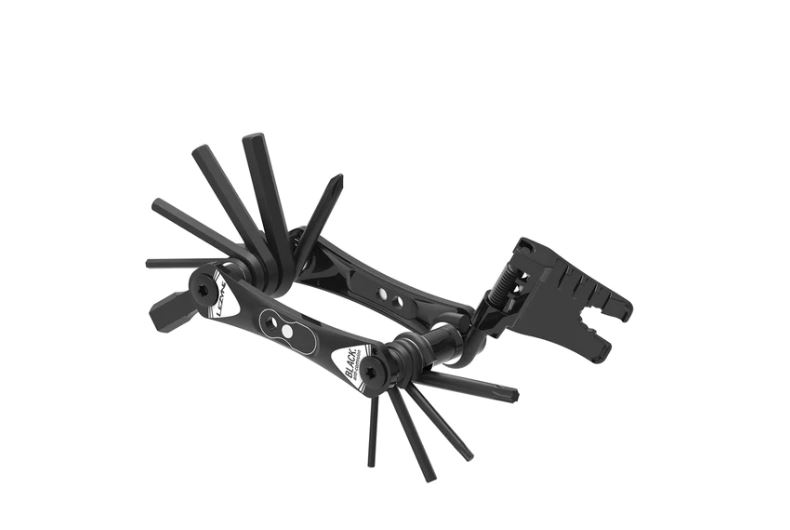
Future Trends
Looking ahead, the evolution of bike multitools is likely to continue in exciting directions. We can anticipate further integration of technology, such as digital torque adapters for precise adjustments, and even more compact designs that retain a wide range of functionality. Additionally, sustainable materials and manufacturing processes may become more prevalent, reflecting a growing emphasis on environmental responsibility within the cycling industry.
The Evolution of Bike Multitools Over Time: Conclusion
The journey of the bike multitool from a simple set of wrenches to the sophisticated, multifunctional devices we see today is a testament to the ingenuity and innovation within the cycling world. As a masters cyclist, I’ve witnessed firsthand the incredible advancements in multitool technology and design, each new iteration offering increased convenience, reliability, and peace of mind on the road or trail. For cyclists at any level, the modern bike multitool is more than just a tool; it’s a symbol of cycling’s ongoing evolution and our collective pursuit of a better ride.
Top manufacturers known for producing durable bike multitools that withstand the test of time include:
- Park Tool: Renowned for their quality and durability, Park Tool offers a range of multitools designed to meet the needs of both professional mechanics and everyday cyclists. Their tools are known for ergonomic designs and robust construction.
- Crankbrothers: Crankbrothers multitools are celebrated for their compact, lightweight design and functionality. Made from high-grade materials, these tools are built to last and provide reliable service on the trails or road.
- Topeak: Offering innovative designs and practical features, Topeak’s multitools are a favorite among cyclists for their durability and comprehensive tool options. They’re designed with the rider’s needs in mind, from lightweight mini tools to more extensive sets.
- Lezyne: Lezyne multitools are crafted with attention to detail, using high-quality materials like stainless steel and aluminum to ensure longevity and resistance to wear and tear. Their sleek design and functionality make them a top choice for cyclists.
- Pedro’s: Known for their commitment to sustainability alongside durability, Pedro’s produces multitools that are tough, reliable, and designed with the user’s comfort and the environment in mind.
These manufacturers have consistently proven their commitment to producing multitools that don’t just perform well but are also built to last, reflecting technological advancements and a deep understanding of cyclists’ needs over time.

FAQ
When did the first multi tool come out?
The concept of a multi-tool dates back centuries, but one of the earliest patented designs for a compact multi-tool for cyclists is not clearly documented in terms of a specific debut year. The modern concept of multi-tools as we know them, including those for bicycles, began to gain popularity in the late 20th century.
What is a bicycle multi tool?
A bicycle multi-tool is a compact, portable device that combines several essential tools in one unit. These tools typically include various hex keys, screwdrivers, and sometimes chain tools, all designed to perform on-the-go adjustments and repairs on a bike.
What is the original multitool?
The original multitool in a general sense is often attributed to the Roman Empire, with designs for a compact, foldable tool dating back to around 200-300 AD. In the modern era, the Swiss Army Knife, created by Victorinox in 1897, is considered the original multitool for its versatile and compact design, combining multiple functions in one device.
Ride on
John
